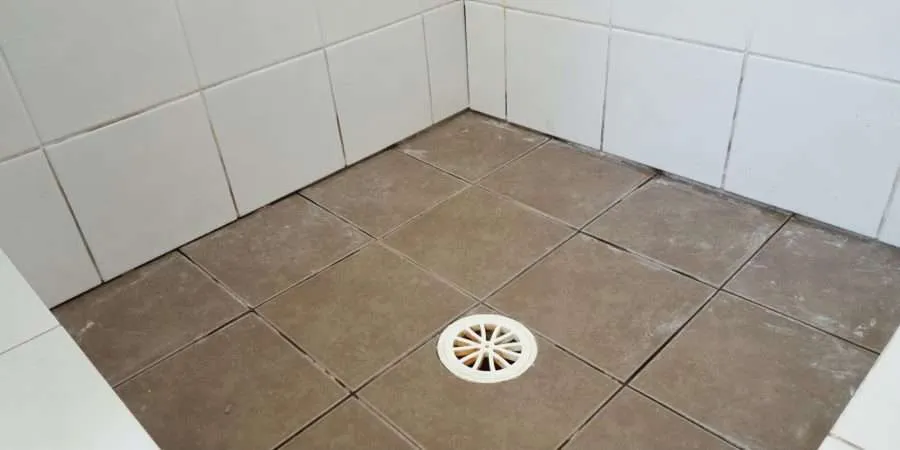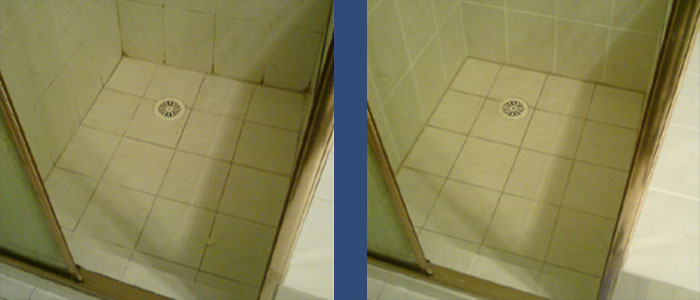Avoiding Water Damage in the Bathroom
Avoiding Water Damage in the Bathroom
Blog Article
Just how do you feel in relation to Common Causes of Water Damage in a Bathroom?

The washroom is incredibly susceptible for wet accumulation as well as possible water damage as a result of the regular use water in it. This post offers basic evaluation methods to help identifying water damage threats.
The regular use water in the restroom makes it incredibly vulnerable for wet build-up and possible water damages. By examining it routinely, you can minimize water related problems.
The adhering to collection of examinations is simple to carry out and should be done as soon as in every 3 months in order to keep your bathroom healthy and to prevent possible water damages brought on by the bath tub, the shower, pipeline joints as well as plumbing, sinks, cupboards, and the toilet
Do not forget executing these assessments and be complete while doing them. Keep in mind that these straightforward assessments can save you a lot of money by providing early indications for water damages
Sinks and also Cabinets
Sinks and also cupboards are subjected to wetness as well as humidity day-to-day and also are usually forgotten. Evaluate regularly under the sink and on the countertop over it. Fix any type of drip in the trap as it may suggest drain problems. Look around the sink, slow draining pipelines might show an obstructed drain. Replace sink seals if they are broken or loosened.
Bath tub and also Shower
The shower as well as bathtub require special attention and maintenance. Check the tiles and change if fractured. See to it that there is no missing out on cement in between the floor tiles. Check as well as change split caulking at joints where the walls satisfy the floor or the bathtub. Clogged drains as well as pipes issues will certainly protect against the bath tub from drying out and also might show significant troubles beneath the bathtub. Consult with a professional immediately to prevent structural damages. Take notice of stainings or soft locations around the tub wall surfaces as they may suggest an interior leak.
Plumbing
Signs for water damages are tough to find given that many pipelines are mounted inside the wall surfaces.
Pay unique interest to flooring and walls moisture and also discolorations as they might suggest an unnoticeable plumbing problem. Examine dampness degrees in adjoining rooms too.
The Commode
The bathroom is a prone water junction. Inspect the water lines and search for leakages around the toilet seat, in the hose, and also under the water storage tank. If you discover any indications of dampness on the flooring around the bathroom, check for leaks in the toilet rim and storage tank seals.
Know that hanging bathroom bowl deodorants increases the possibilities for clogs.
Water Damage Signs In The Bathroom To Avoid Cleanup
Musty smell
This is one of the easiest signs to catch because musty smells are so odorous. The damp, earthy, moldy smell should be a big red flag. The smell will develop when moisture gets trapped in surfaces, and begins to facilitate mold growth. Leaking pipes under cabinets, inside walls, and behind shower fixtures will cause moisture to stay trapped and not dry, which will lead to mold growth and spread. As soon as you notice any musty smells in your bathroom, have it checked for hidden water damage and cleanup signs.
Visible mold
If the smell isn’t there to give it away, sometimes you will actually see mold growth. Finding mold in your bathroom is a serious problem, because mold is very harmful to your health. By the time mold growth is visible, it also means that water damage has already occurred and been present for some time. The only way the mold problem can be resolved is to find the source of the moisture and get it stopped. To safely and adequately remove mold, you need to have professionals handle the remediation. Do not waste any time in getting mold problems addressed, fixed, and sanitized so that you can protect you and your family from the many respiratory symptoms caused by mold exposure.
Damaged floors
Bathroom floors should be able to withstand some exposure to water while still remaining in good condition. However, when excess exposure or water leaks occur, they will begin to damage even the most water-resistant flooring. If you notice any cracking, bubbling, staining, or warping on your bathroom floors, there is probably a water leak somewhere causing the distortion. If you notice areas of the floor have become softer, or even have a spongy feeling, there is probably damage to the subfloor. Subflooring is typically made up of plywood. When plywood is exposed to water or moisture, it will absorb it. Once it has become saturated, the weight of the excess water will cause the wood to swell and soften. Check the floors in your bathroom frequently to catch any of these sings before they lead to damaged subflooring.
Changes on walls
When water leaks behind walls, it will cause changes in the drywall. Peeling plaster, blistering paint, and soggy wallpaper are all good indicators that excess water is building up behind the wall. Water leaking behind drywall will cause it to swell and be soft to the tough. If you start to notice gaps along the trim of your walls, or where tile meets the wall, it could also be a strong indicator that there is a leak behind the wall. Any changes, distortion, or damage on the walls should be evaluated as soon as you notice it to prevent further water damage and cleanup.

As a person who reads on How to Prevent Bathroom Water Damage, I assumed sharing that excerpt was really helpful. Be sure to take the time to share this blog posting if you appreciated it. I truly appreciate reading our article about Preventing Water Damage in the Bathroom.
Need Help? Hire Us Now! Report this page